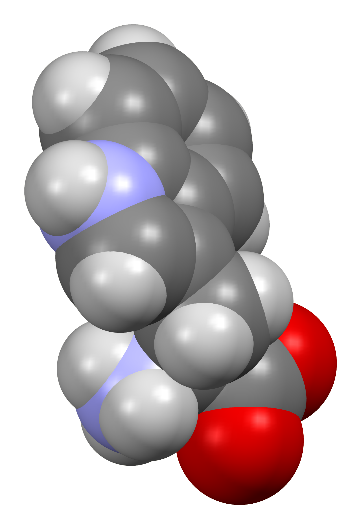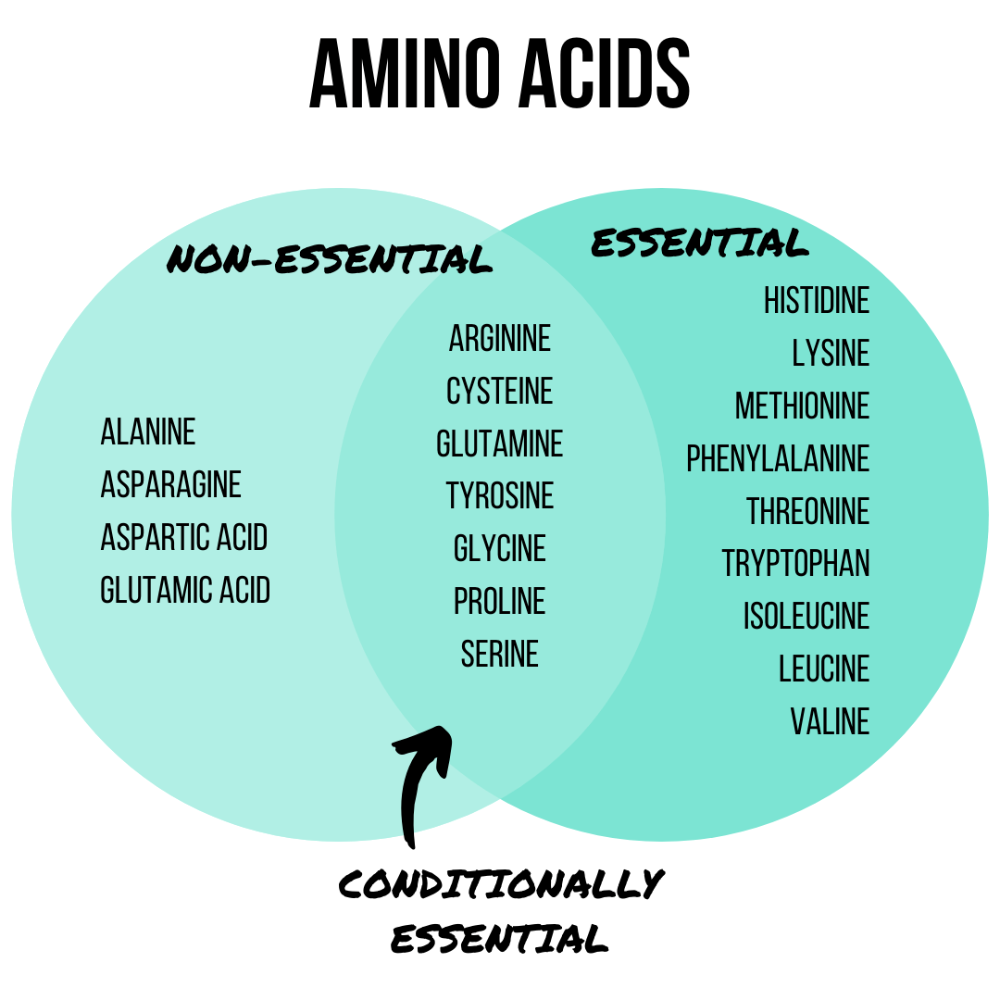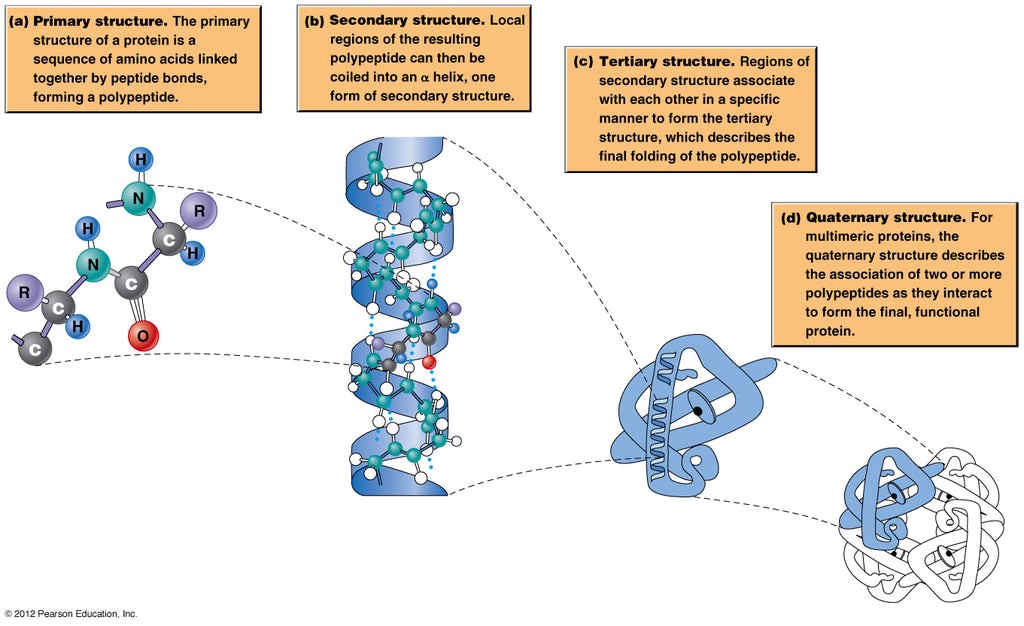Free Courses Sale ends Soon, Get It Now


Free Courses Sale ends Soon, Get It Now



Disclaimer: Copyright infringement not intended.
Context
|
INTERSTELLAR SPACE Interstellar space is the area between the stars, but it is far from empty. It contains vast quantities of neutrinos, charged particles, atoms, molecules, dark matter and photons ranging from the highest-energy radiation to the sluggish light of the cosmic microwave background (CMB) albeit rather sparsely spread out. |
Details
Tryptophan
About
Source
Function
Decoding Amino Acids
What Are Amino Acids?
Types of Amino Acids

Essential Amino Acids
Nonessential Amino Acids
Conditionally Essential Amino Acids

|
PRACTICE QUESTION Q. Consider the following statements: 1. Conditionally essential amino acids are amino acids that are produced by the body and therefore not essential to acquire through dietary sources. 2. Tryptophan is a conditionally essential amino acid used to make proteins. 3. Foods that contain tryptophan include animal products like chicken and fish and plant foods like nuts or soy. 4. Tryptophan is used to make niacin, melatonin, and serotonin, which promote healthy sleep and a positive mood state. Which of the above statements is/are correct? (a) 1 and 3 only (b) 2 and 4 only (c) 3, and 4 only (d) All of the above. Correct Answer: (c) 3, and 4 only |
© 2024 iasgyan. All right reserved